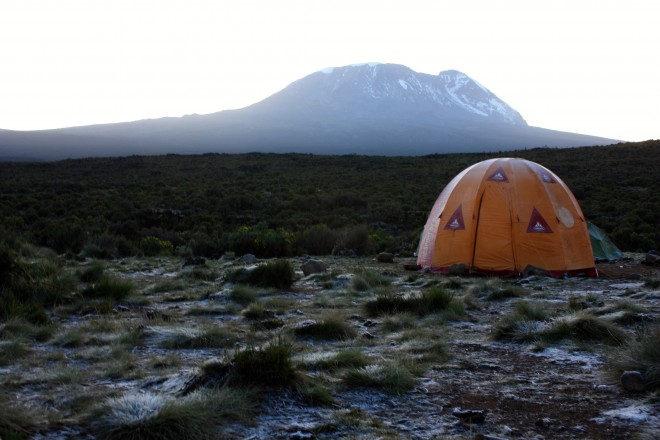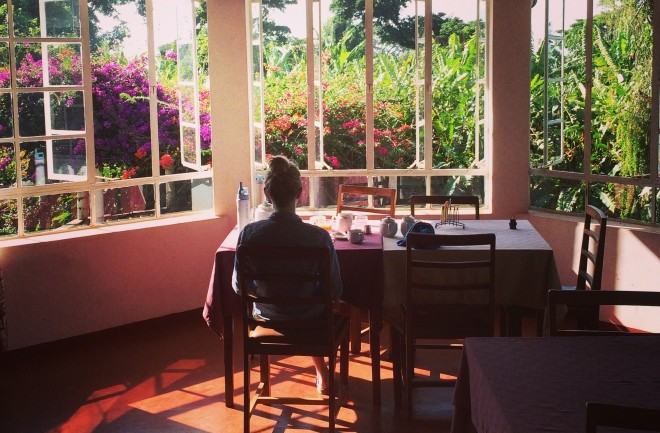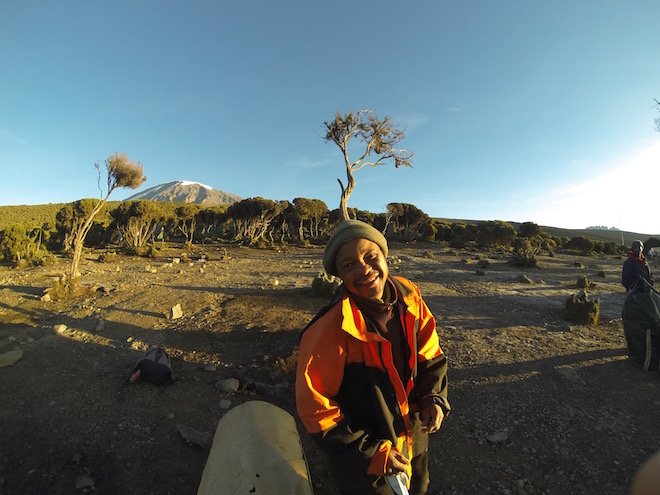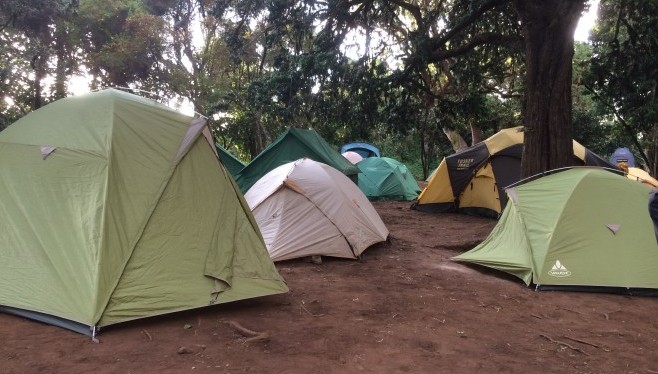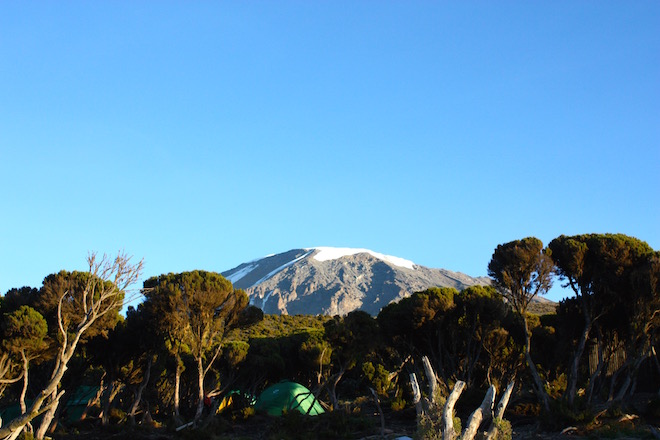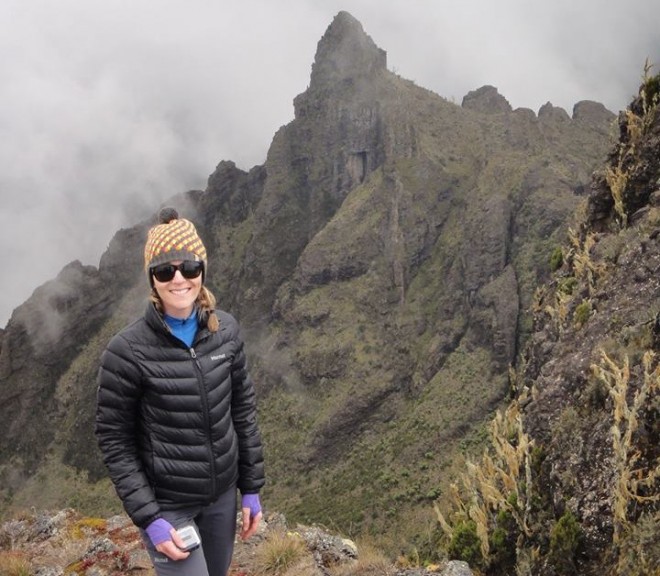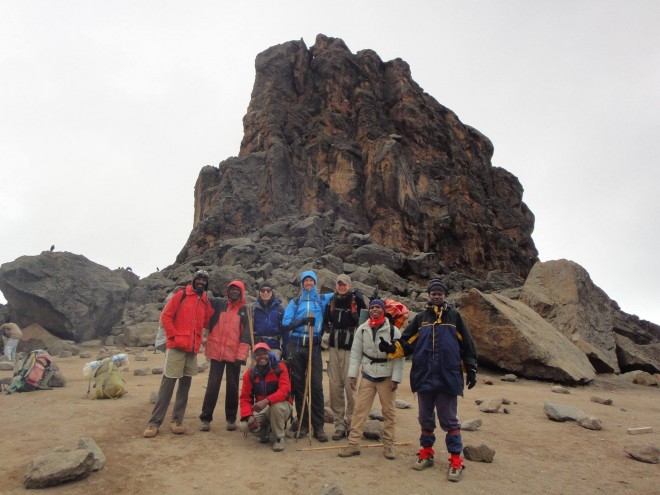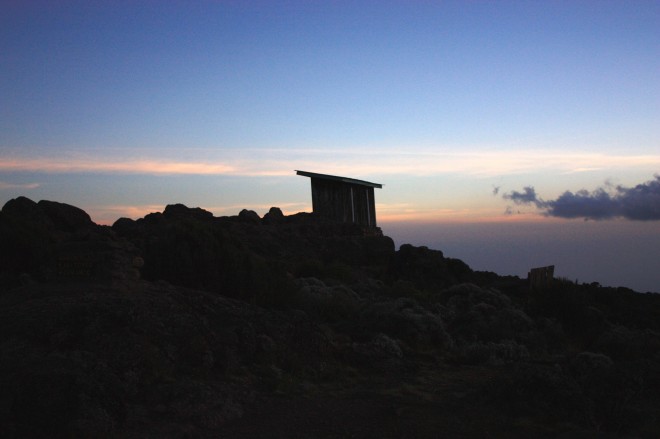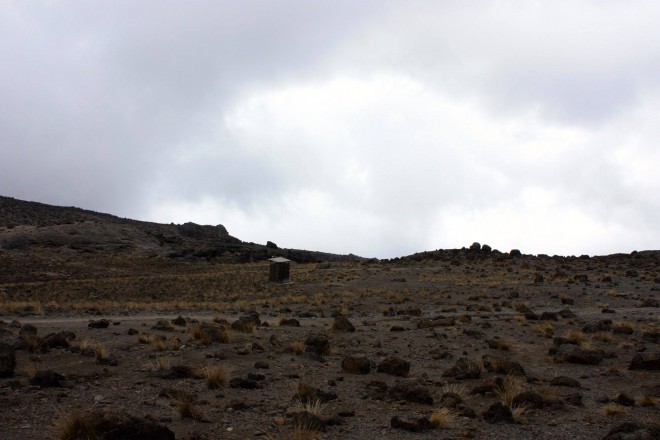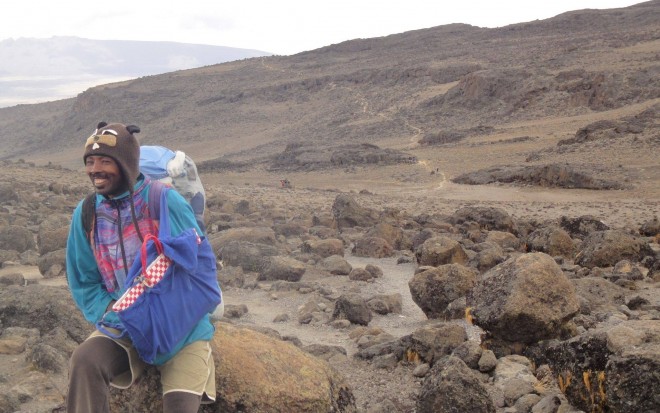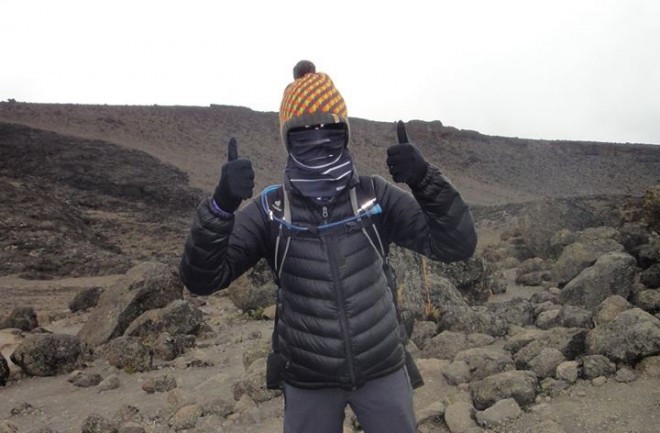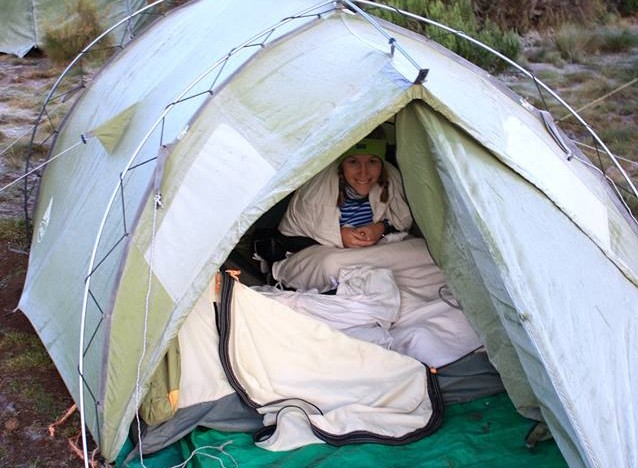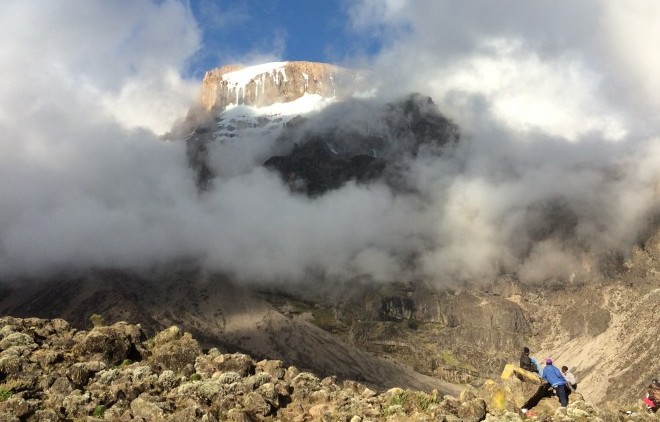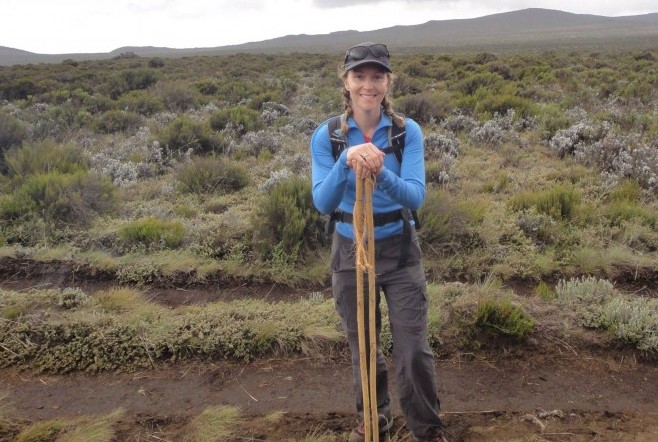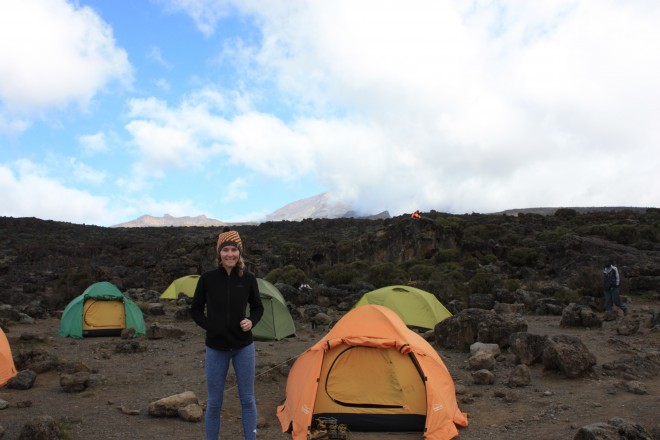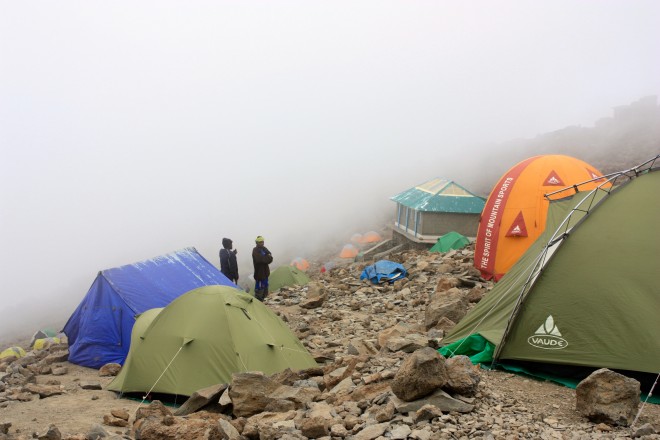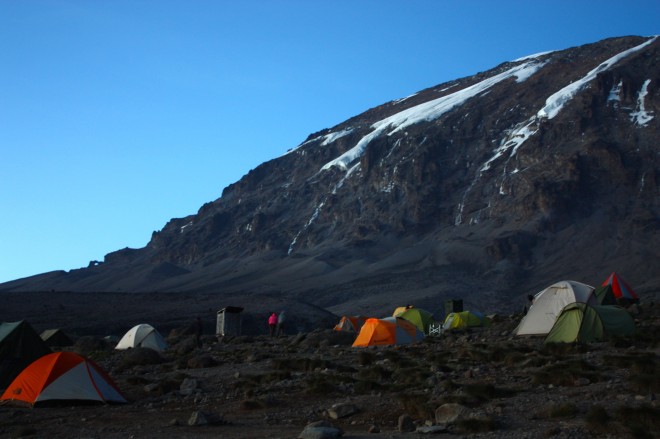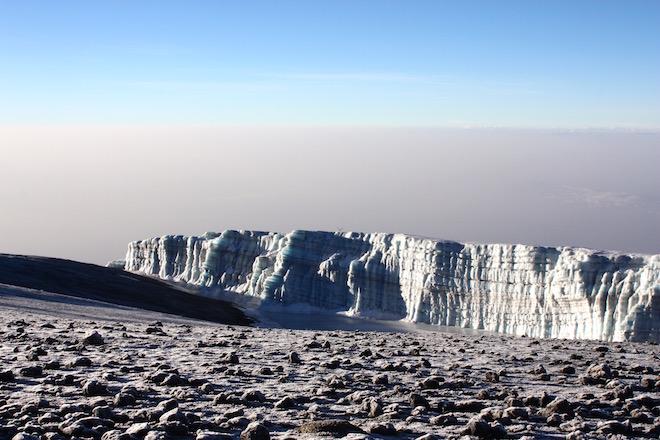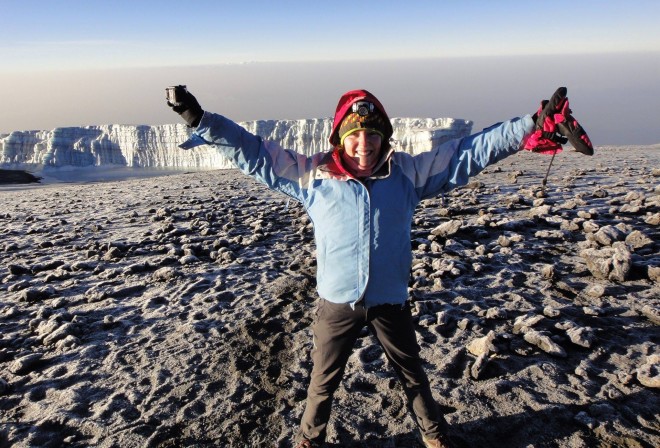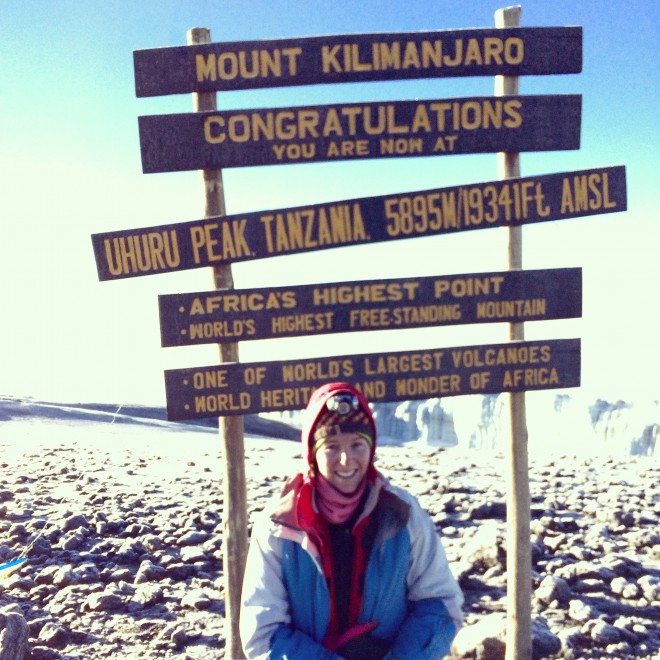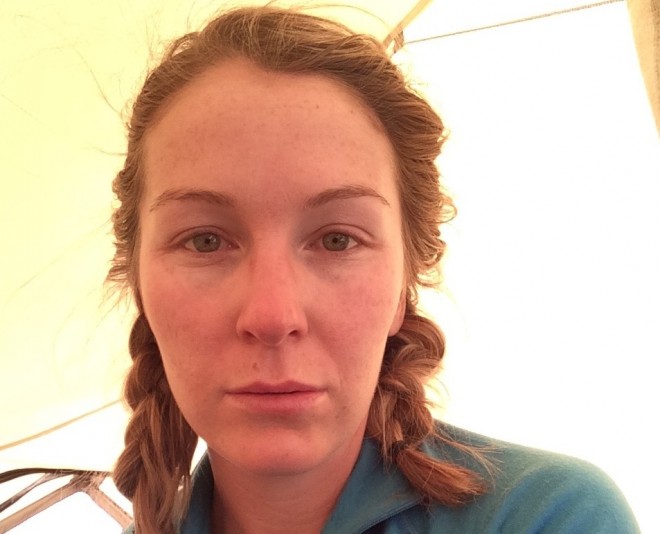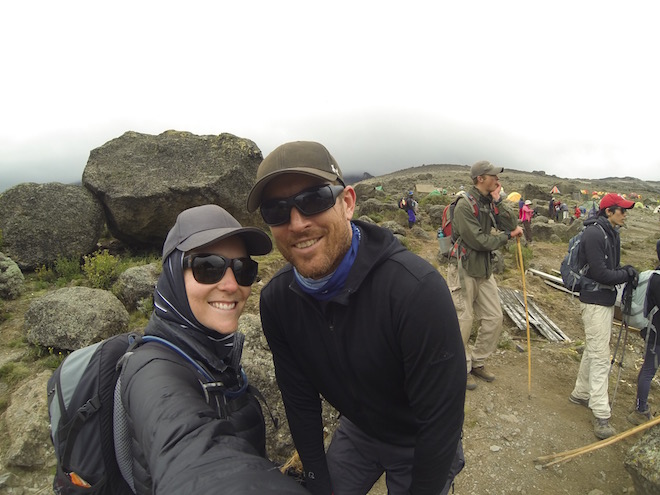Ever since I was a young girl, I’ve dreamt of travelling to Africa to see its beauty. I never thought it would happen, but then a few years ago I landed a dream job at CARE Australia. The international aid organisation delivers life-changing aid to people from poor countries around the world, including many African countries.
For my job, I spent time in Malawi and Ethiopia. The work trips were no holiday. My days were spent travelling on bumpy, dusty roads to far flung villages, where I’d hear stories about people who desperately needed help to improve their lives. However, I’d also meet incredibly positive, resilient and resourceful people – who, if given the chance would turn any support given to them into a catalyst for positive change.
My work trips were life-changing. I’d come back buzzing and wanting to share my insights and experiences with family and friends. And I wanted them to share in my love of Africa. So I planted the idea of a four-week holiday to Tanzania with my partner Andy, and soon we were researching hikes, safaris and beach destinations.
Not being shy of a physical and mental challenge, we set ourselves the goal of climbing Mt Kilimanjaro.
Since its official opening in 1977, Mt Kilimanjaro National Park has become one of Tanzania’s most visited parks. Coming here is all about climbing to the top of Africa, and gazing in awe at a mountain on the equator capped with snow. A truly bizarre sight.
Mt Kilimanjaro is 5896m tall and is Africa’s highest mountain. It’s also one of the highest volcanoes and the highest freestanding mountain in the world, rising from farmlands, through lush rainforest to alpine meadows, and finally across a barren lunar landscape to the twin summits of Kibo and Mawenzi.
Each year more than 25,000 people attempt to trek to the summit, but only 45 per cent of total climbers succeed. Attempting to climb Kili is no walk in the park, and so we did our research. We wanted to know what we were in for, and we wanted to choose an operator that put safety first, and treated local staff well. There’s so many different tour operators running four to eight day treks up the mountain. Some are cheaper than others and there’s a reason for it.
After a lot of research and chats with friends who’d successfully summited Kili, we decided on Marangu Hotel, and I’m so glad we did.
For many years, Kilimanjaro climbers have chosen Marangu Hotel as their base. Many start and end their treks at this beautiful oasis in the shadows of the mountain. However, it’s more than a hotel, it’s an organisation with more than 50 years’ experience equipping and preparing mountaneers for all that they may encounter on their climb to the summit of Kili. From the moment we inquired about trekking the mountain, to when we returned exhausted, sore but euphoric the service and support we received from Marangu hotel was flawless.
Another fact that put my mind at ease was that their guides only work for Marangu Hotel, and are specially trained by the hotel to ensure a safe and rewarding climb. Most of them come from families that have been providing guides for the hotel for many years, and this traditional partnership is evident in the cheerful, consistent and professional service they provide. Marangu Hotel is also a partner with the Kilimanjaro Porters Assistance Project and is an industry leader with respect to crew remuneration and conditions.
As we wanted to give ourselves the best chance of succeding, we chose the fully equipped 8 day Lemosho hike.
Day 1: Mti Mkubwa camp (Lemosho Glades Shira route) – 3,000m
After meeting the rest of the crew in our group the night before, we caught up over breakfast. Nerves and excitement were in the air. The guides and porters assembled and the 40 person crew for an eight person trek loaded on to the bus to head to the Mt Kilimanjaro National Park entrance. We were dropped off at the trailhead to Lemosho Glades at 2,200m and began our four hour walk, ascending quite steeply through the forest, until making camp at Mti Mkubwa in a forest clearing dominated by a large tree at 2,800m.
Day 2: Shira One camp – 3,500m
After our first night sleeping on a paper thin insulated mattress, we have a breakfast for champions and begin our seven hour walk around Shira ridge. We pass through beautiful and rugged moorland with views northwards and westwards to the plains below the mountain. We camp by a stream at Shira One campsite at 3,500 metres.
Day 3: Shira Two camp – 3,800m
Our walk towards the mountain continues. We cross Shiro plateau towards Kibo and after about two hours we branch off the trail to climb Shira Cathedral and Shira Needle, the imposing hills on the southern side of the plateau, and to look down the Machame ridge from their tops. After a rest and some lunch we climb for around an hour to arrive Shira Two camp at 3,800 metres.
Day 4: Barranco camp – 3,900m (although we reached 4,600m during the day between Shira and Barranco).
After a freezing cold night, we rise and start our seven hour trek towards Barranco camp. The path continues through high altitude desert directly up the ridge towards Kibo. It’s hard going and the increased altitude does make it harder to suck in the oxygen you need to keep ascending. After about four hours, we reach Lava Tower at 4,600 metres. The path then forks to the right and descends into the Umbwe Valley, also called the Barranco Valley, and the night is spent at Barranco camp on the valley floor at 3,985 metres.
Day 5: Karanga Valley – 4,000m
We leave Barranco camp via the Barranco wall. This is a steep one to two hour climb, ascending about 300 metres. We have to take regular breaks to catch our breath. The altitude sickness pills are working, but the medication combined with the large volume of water we are drinking means toilet stops are frequent. The path then follows the gently undulating Kibo South Circuit. After about four hours we decend steeply into the Karanga valley, which has a small stream running through it, and then climb up the eastern valley wall. At the top of the wall, at 4,000 metres, we settle in for the night at the Karanga Valley camp.
Day 6: Barafu camp – 4,600m
Ahead of the sumit hike, we take it easy on day six. Rising a little later than normal and climbing for around three hours to Barafu camp at 4,600 metres. This is our last stop before the summit. Eeek!
Day 7: Barafu route to the summit (5,896m), followed by descent to Mweka camp via Barafu camp – 3,000m
In the early afternoon we prepare our packs and lay out all our warm clothing for the summit night trek. Both Andy and I are starting to get nervous. For almost a week, we’ve been walking in preparation for this day. It feels surreal. It’s at our fingertips but we have so much work to do before we can enjoy it. So far we have both been in good health. We haven’t had any altitude sickness or upset stomachs and we’ve been sleeping OK. I did hear someone say that you eat like kings and sleep like paupers on Mt Kilimanjaro, and they were right. The thin mattress I’ve been sleeping on is starting to take its toll on my boney hips and I’d kill for a cushion to lie on.
Once our gear is ready we head to the mess tent for dinner or as our head guide calls it – our last supper. The normal banter and humour that came naturally in the previous nights is long gone, and we are all focused on fueling our bodies before trying to get some sleep.
After some serious carb loading and hydration we head back to our tents. The guides wake us less than five hours later – at 11pm. After dressing in every piece of warm clothing I have (nine layers on my torso and four on my legs), we have a hot drink, something small to eat and and then set off for the summit at around 12.30am. As far as I can see ahead of me are trails of head lamps, in a long line crawling up the mountain.
It’s -20 degrees and there’s a 60km head wind. It’s seriously the hardest thing I’ve ever had to do and it’s freezing. But the adrenalin kicks in and for the first few hours I feel OK. Andy is a few walkers behind me, and he seems to be going really well. The first part of the ascent is on a rocky ridge. This then turns into scree. The surface is loose, slippery and hard going. On its steepest sections, the path zig zags up the scree. Progress is slow.
The freezing wind is unrelentless. About three hours in to the walk, I start to loose all feeling in my feet, fingers, hands and face. I start to stumble and shake uncontrollably from the cold. I get weak and feel tired. I ask to stop and rest for a moment, but it was the worst thing I could have done. My body gets colder and the guides look at each other worringly. Andy arrives from the back of the pack and curses. I know exactly what he’s thinking – it’s over. The guides check me for altitude sickness or worse – Acute Mountain Sickness (AMS) – which kills. I get the all clear, and they ask another trekker for their jacket. I’ve got hyperthermia, so I put on my 10th layer of clothing, and the guides tell us that Andy, me and two guides will go ahead, walking faster to keep my core body temperature higher. I still can’t feel my hands and feet and I feel terrible, but with my guide Eddie guiding me up the mountain there’s a glimmer of hope, and a small part of me thinks I might just make it.
We climb for hours, being buffeted by the glacial wind and slipping on rocky scree. A slither of light begins to appear on the horizon to my right and for the first time since the start of the summit trek I smile. I start to warm up as the sun rises and daylight grows.
It takes us just over six hours to reach Stella Point on the crater rim. Andy and I are ecstatic. We are almost to the top of Mt Kilimanjaro. We’ve climbed 5,750 metres. We hug it out and have a quick cup of tea to keep warm. With so much adrenalin running through my body and the sun shining on my face, we pack up and move on.
From here, we shuffle along a path around the crater rim for a further hour to the summit at Uhuru Peak, 5,896 metres. We’ve made it. We have reached the highest point in Africa. We have summited Mt Kilimanjaro and I feel like I am on top of the world. I’ll never forget this amazing feeling. Emotions flood over me. Happiness, elation, awe, pride and gratitude rush over me. I’ve got tears falling from my eyes and freezing on my face. Andy and I hug it out, take in the view, thank our guides over and over and have our photo taken. It’s still bitingly cold and we can’t stay up here long for fear of AMS, so the guides coax us down the mountain.
After the elation of summiting Mt Kilimanjaro, we get back to work. We have to walk down the mountain for around four hours. It’s jarring work. Our toes bang against our shoes and our legs ache, and feel like led weights as they absorb the shock from each downwards step. The scree is slippery and I pray that I don’t break an ankle. I’m still freezing cold and shivering, and I don’t take off any of my warm layers until we are 40 minutes from camp. We are almost crawling into camp by the end of the descent. The guides and porters greet us with big smiles and hugs. They are thrilled we summited and so are we. In the next hour or so, the other climbers from of our group walk in to camp. Everyone made it to the top, and the guides and crew are thrilled.
After some food and a bucket rinse we crawl into our tent. Andy’s heart is racing and I begin to realise the sheer toll the trek has taken on him. While I was guided up the mountain by Eddie, Andy was keeping the same pace all by himself. He’s utterly exhausted and we both remark that it is by far the hardest and most challenging, yet rewarding thing we have ever done.
Day 8: Descent to Mweka gate to be collected and brought back to Marangu.
After a solid night’s sleep, we drag our weary bodies out of the tent and start our five hour descent through the forest to Mweka gate. We stop to get some photos, enjoy a hard-earned Mt Kilimanjaro beer and load ourselves onto the waiting vehicles to transport climbers and crew back to Marangu Hotel.
Links:

